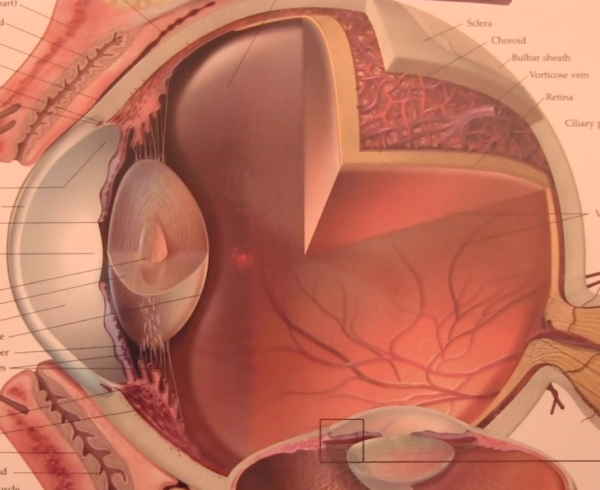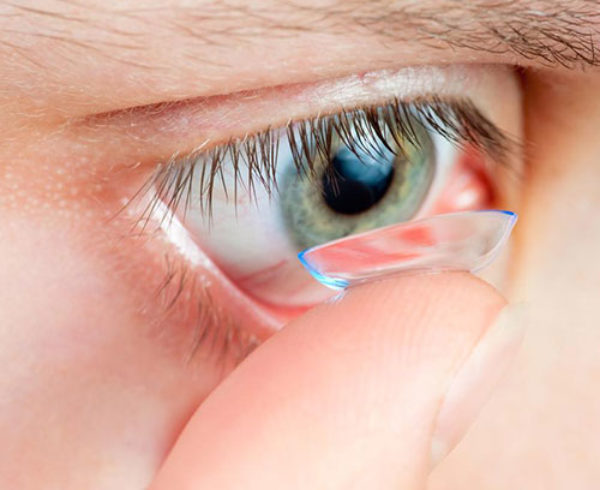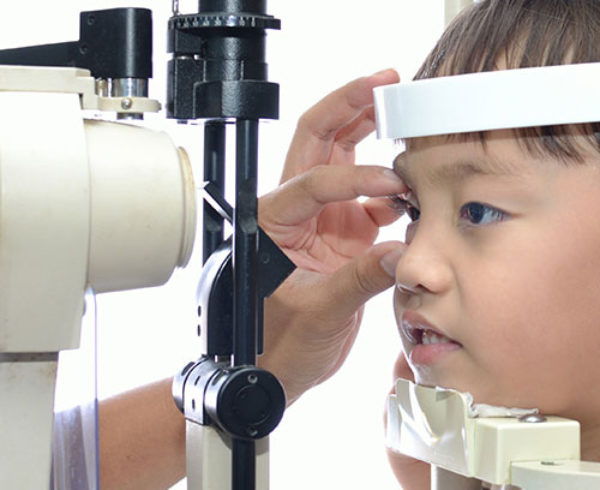One minute you and your child are having a great time and the next minute your child is in tears for no apparent reason. When faced with this all-too-common occurrence, parents cannot help but wonder why their child is in such distress and how to best comfort them. To understand how to help your child cope with these tears, it is important to explore the mechanics of crying.
What causes tears?
Tears are produced by the accessory lacrimal glands, located in the upper eyelid, and the main lacrimal gland, located just above the eye. These structures secrete tears onto the front surface of the eyes, which then drains into the puncta (a little hole on the bottom eyelid), and finally travels down into the lacrimal duct (located near the nose).
There are three main types of tearing: reflex, emotional, and maintenance. Reflex and emotional tearing come from the main lacrimal gland. Reflex tears are produced from irritants, like dust and wind. Emotional tears occur from feelings, such as sadness, happiness, anger, or fear. Maintenance tearing comes from the accessory lacrimal gland and is always present in the eye. Its purpose is to provide oxygen to the cornea (front surface of the eye), which is essential for clear and sharp vision.
What causes crying?
The physical act of crying is a combination of neural activity in the brain that is associated with emotion and its connection to the lacrimal system, the orbital structure that produces and drains tears.
Emotions come from different structures of the brain, called the limbic system. This includes the amygdala, hippocampus, and hypothalamus, which are responsible for our emotions, such as love, fear, anger, and emotions associated with a particular memory. The limbic system also regulates the endocrine and autonomic nervous system, which produces a response to emotional stimulation.
Cranial nerves originate from the brain and brainstem and provide motor and sensory information from the brain to the head and neck. The cranial nerves innervate the eye and surrounding structures. More specifically, cranial nerve III (oculomotor nerve), cranial nerve V (trigeminal nerve), and cranial nerve VII (facial nerve) innervate the eyelid, lacrimal gland, and eye. The lacrimal gland receives sensory input from the trigeminal nerve and parasympathetic input from the facial nerve for lacrimation, or tearing.
A stimulus produces neural activity in the brain, the signal is sent to the lacrimal gland via the cranial nerves and tears are produced.
Why do children cry?
There is a neural connection between the brain and lacrimal system. Emotional response to a stimulus is also affected by previous memories. Children may respond to stimulus differently because they have a different memory associated with that stimulus. A stimulus triggering emotional stress to a memory can elicit greater neural response and produce greater amounts of crying.
Understanding why children cry can be beneficial to a parent and a child. Crying is a normal behavior and a product of many factors specific to that child. It is an indicator of how a child may feel. Allowing a child to cry, acknowledging crying as a normal human behavior, and talking about emotions can provide a positive outcome for a child. Parents can practice empathy to their child’s response to emotional triggers, provide them with a safe space to communicate their feelings, and help them come up with strategies to cope with a problem.







Leave a Comment